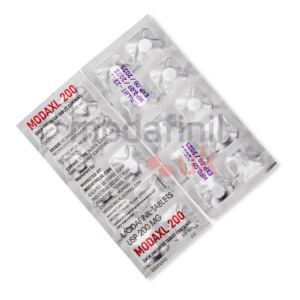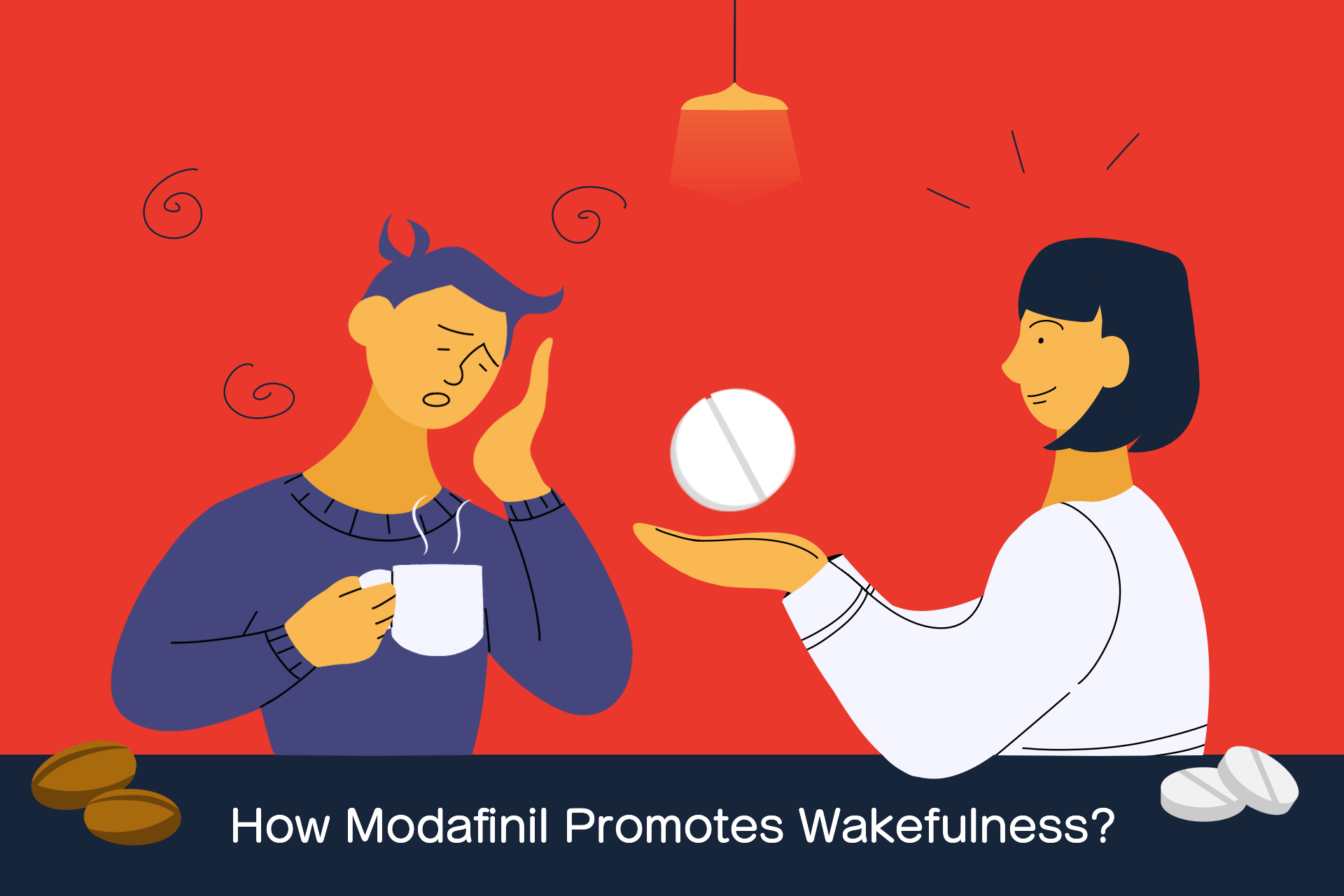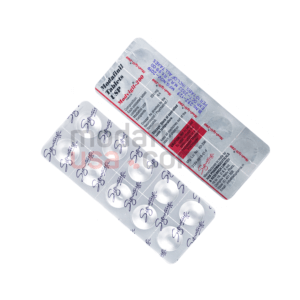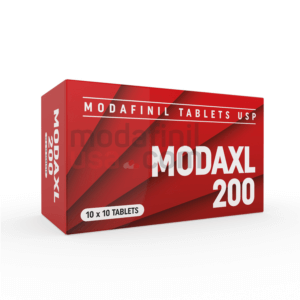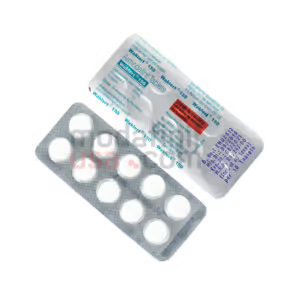How Modafinil Promotes Wakefulness?
Modafinil is a popular medication used to reduce excessive daytime drowsiness, promote wakefulness, and enhance cognitive function. But have you ever thought about how it works? Understanding its mechanism of action and details about its onset of effects, duration of action, and other benefits can help you get the best out of it. Whether you’re a patient looking to treat symptoms of a sleep disorder or a student or professional looking to enhance cognition and ultimately increase productivity, you will find this guide helpful.
Modafinil Features
Modafinil belongs to a class of drugs called wakefulness-promoting medications. It is approved by the US Food and Drug Administration (FDA) under the brand name Provigil to treat several sleep disorders, namely obstructive sleep apnea (OSA), narcolepsy, and shift work sleep disorder (SWSD). However, it is more commonly used off-label as a nootropic by healthy individuals to increase alertness, boost memory, and ultimately increase productivity [1]. It has some special features that make it the preferred option of many “smart drug” users. These include:
- quick onset of effects:
- long duration of action;
- minimal side effects;
- low potential for causing dependence.
Modafinil comes in dose strengths of 100 mg and 200 mg, with 200 mg being the recommended initial dose. The drug’s effects typically kick in within 30–60 minutes after ingestion and last for 10–12 hours, constantly promoting wakefulness and alertness [2]. It has fewer side effects compared to similar counterparts such as Adderall and is less habit-forming. Besides, unlike stimulant medications, it works without causing sudden energy crashes as its effects wear off.
Modafinil is safe but must be used correctly to avoid common adverse effects such as headache, nausea, upset stomach, dizziness, and insomnia. It is only approved for use in individuals over the age of 17. It is advisable to consult a doctor before taking this medication.
How Does Modafinil Work?
Scientists do not completely understand how modafinil works. However, based on the understanding of certain pharmacological principles, they believe it works by adjusting the levels of dopamine, a neurotransmitter in the brain that plays a role in the regulation of the sleep-wake cycle and mood. It also affects the levels of other brain chemicals, such as gamma-aminobutyric acid (GABA), serotonin, histamine, and norepinephrine, which further controls alertness and enhances wakefulness [3]. The combined effect of these adjustments helps users stay awake, alert, and focused.
Modafinil reduces excessive sleepiness effectively. However, it should not be used in ways that will affect the natural sleep patterns. It is a prescription-only medication and should therefore be used under the guidance and supervision of a doctor.
Treating Sleep Disorders with Modafinil
As mentioned earlier, while modafinil proves effective in the enhancement of cognitive function, its primary use is to treat narcolepsy, SWSD, and OSA. Let’s look into each of these conditions and how modafinil is used to treat them.
Narcolepsy
Narcolepsy is a neurological disorder characterized by disrupted sleep patterns, excessive daytime drowsiness, and some other symptoms. Modafinil is employed in the treatment of this condition because its benefits counter its associated symptoms. It reduces the feeling of extreme sleepiness during the day and restores proper sleep patterns, ultimately improving the patient’s quality of life. When used to treat narcolepsy, a single modafinil pill is to be taken early in the morning. Because its effects last for 12+ hours, it keeps the user active throughout the day.
Obstructive Sleep Apnea
As the name implies, obstructive sleep apnea is a sleep disorder characterized by a blockage of the upper airway by tissues that lead to repeated interruption of sleep throughout bedtime. The blockage typically causes breathing to stop and start several times, drastically reducing sleep quality. People who have this disorder feel unrefreshed and exhausted even after sleeping. The mode of using modafinil for OSA treatment is the same as with narcolepsy: it is to be taken early in the morning. Note that taking it later in the day may interfere with a night’s sleep. It is advisable to take the medication at the same time every day for best results.
Shift Work Sleep Disorder
Shift work sleep disorder occurs when your work schedule coincides with and interferes with your natural sleep and wake time. The interference affects your sleep quality over time, causing you to feel extremely sleepy when you should normally be awake.
Modafinil helps you manage this disorder by promoting wakefulness during work hours, enabling you to fall asleep with ease during your bedtime (it could be during the day). Basically, the nootropic helps you adjust your sleep-wake cycle to match your non-traditional shifts, allowing you to be efficient and productive during work hours. When used to treat this disorder, the pill is typically taken about an hour before the start of the work shift.
Other Uses of Modafinil for Wakefulness
Besides the primary purpose of being used to treat narcolepsy, SWSD, and OSA, modafinil has some other interesting benefits. One of the most popular use happens to be for cognitive enhancement. Millions of healthy individuals, consisting of programmers, engineers, college professors, students, and company executives, among other professionals across the world, use it off-label to gain a competitive edge. They basically use it to stay alert, creative, motivated, and focused, ultimately increasing productivity.
Another area in which modafinil wakefulness comes in handy is in battling jet lag. Presidents, celebrities, top-level executives of huge corporations, and other professionals who travel frequently use it to manage the symptoms of jet lag (e.g., fatigue), adjust quickly to new time zones, and remain efficient upon arrival at the destination.
What’s more, doctors typically prescribe it off-label to help manage chronic fatigue syndrome, attention deficit hyperactivity disorder, depression, and some other medical conditions. It is worth noting that while modafinil is typically used for these purposes, more research is needed to fully understand its safety and effects in the long term [4].
Summing Up
Modafinil promotes wakefulness through a complex mechanism of action that involves the adjustments of the levels of dopamine, histamine, and certain other neurotransmitters in the brain. Its action on these chemicals helps increase alertness, reduce extreme fatigue, and, by so doing, promote wakefulness and ultimately improve the symptoms of sleep disorders. Modafinil is safe, well-tolerated, and easy to use, but it must be used correctly to get the best results. Be sure to consult a doctor and buy modafinil from a reputable vendor, so you will get high-quality pills that will work without causing harm to your health.
References
- Modafinil. Retrieved: June 27, 2023. Wikipedia.org.
- How Long Does Modafinil Stay in Your System? By Alyssa. Retrieved: June 27, 2023. Banyantreatmentcenter.com.
- What Is Modafinil and What Are the Effects, Dose, and Risks? Retrieved: June 27, 2023. Drugscience.org.uk
- Modafinil: Smart Drug for Decision Fatigue or Workaholic Crutch? Medically reviewed by Carmen Pope, BPharm. Retrieved: June 27, 2023. Drugs.com.
